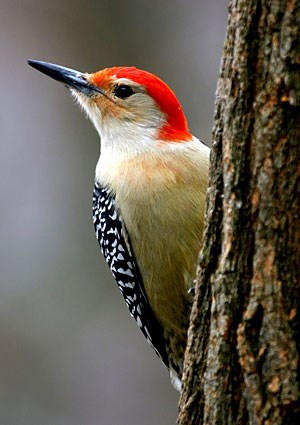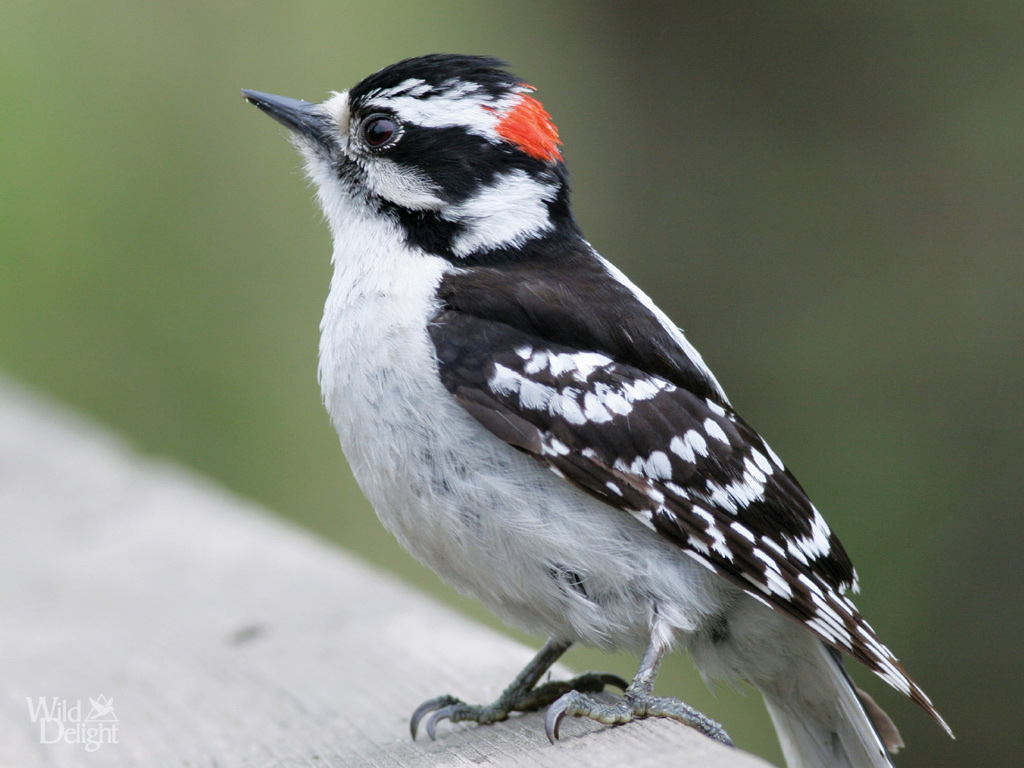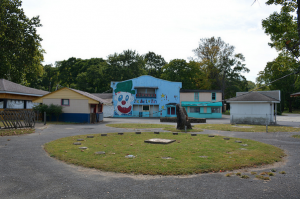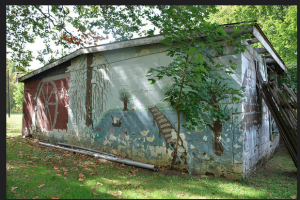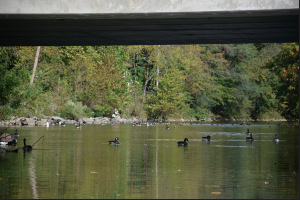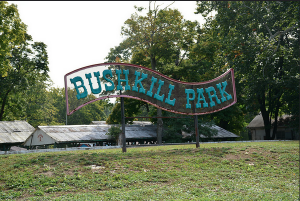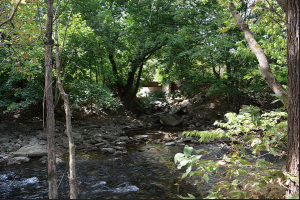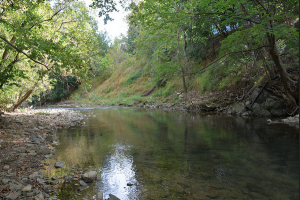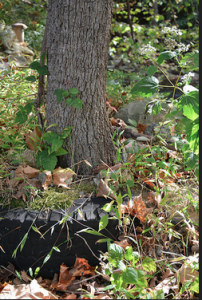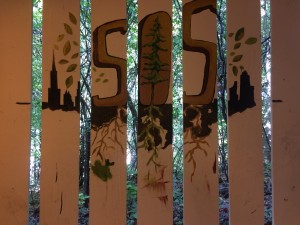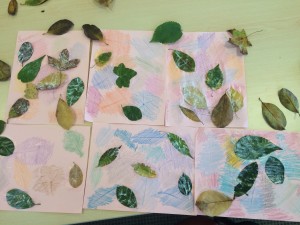Yesterday morning when I woke up at 7:30, my morning routine was pretty standard- got up, washed my face, got changed, made breakfast, packed my bag. As it approached 8:20, my cell phone went on the kitchen table, where it would be staying for the majority of the day. When I traveled to New Zealand over interim, I essentially had no phone or internet access for 3 weeks, so the thought of not having my phone wasn’t too terrifying- but that was me being halfway across the world, on a completely different time zone (who was I going to talk to?) and still having access to my cell phone for photos. When I told my parents our class was going on a kayaking trip their response was “have fun, send lots of picture.” So going into the trip the not having a phone for pictures was a little unsettling.
Once we got on the river, ie Lori and I in a tandem kayak- a kayak that seemed to really favor any direction but straight (disclaimer it may have or may not have been the paddlers who were the cause of this), I noticed we kept mentioning to each other that we wished we could have taken photos. However, as we continued to paddle down the Delaware River we saw some magnificent sights. One of my favorites was the fawn that was running up and down the bank of the river. It just so happened that as our kayak directing us to right, we were able to see through the brush a baby fawn prancing through the brush. Another sight I personally enjoyed was the heron that was perched on a rock that was partially submerged in the river. My family has recently moved to Sanibel Island in Florida,a place where the wildlife is outstanding and something the island is really proud of. When we are down there, my parents are always bird watching, and one of their favorite birds to look out for is the Blue Heron. In our house we have many pictures, sculptures etc of herons. So that sight was particularly exciting to me. However, my absolute favorite moment of the trip was when we saw the ducklings, who had yet to molt, trying to fly. Lori and I actually stopped paddling so we could watch the ducklings as they propelled themselves down the river in attempt to get themselves up in the air. It was one of the cutest things I’ve ever seen.
When I woke up yesterday morning I was uneasy about not being able to take photos on the trip, however I am grateful that I didn’t have the opportunity. I’ve seen this when my family goes on vacation, sometimes taking photos causes us to miss the full experience. We get so wrapped up in trying to get the perfect picture that our experiences aren’t the same. I also see it even more when I go to do something with my friends, sometimes it feels like the only reason they want to go is “for the Instagram,” and not for the experience. They spend the whole time we are there trying to get the perfect shot and find the perfect filter that by the time they are done they haven’t even gotten to experience the event (but don’t worry, they usually end up getting a satisfactory number of likes on their photo that it makes the “experience” worth it). If we were to have had our phones on this trip I definitely would have missed out on a lot of the wildlife I saw on the river. I also wouldn’t have been in touch as much with all my senses. One moment that really stands out to me was right when we were about to unload the kayaks from the river and we were able to hear the bird callings. The sound was so magnificent, radiant and consumed the air. Although the other group of people who were floating down the river were disruptive to us and our group discussion, it was in a way nice to have them as a way to compare our experiences and to help me appreciate what we had just experienced. I can guarantee the other group of people missed opportunities and experiences (like the bird calls) that I was able to have.

